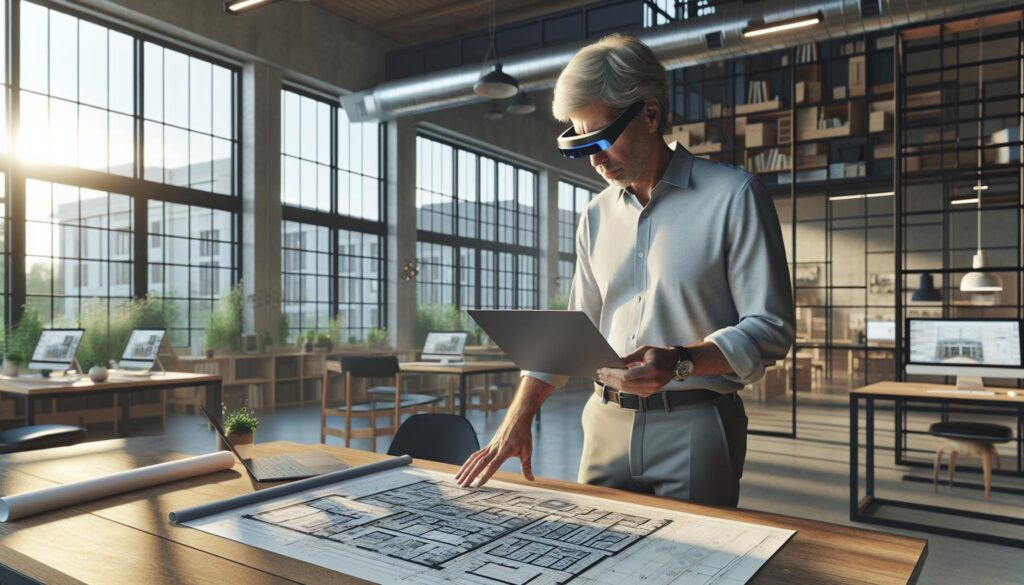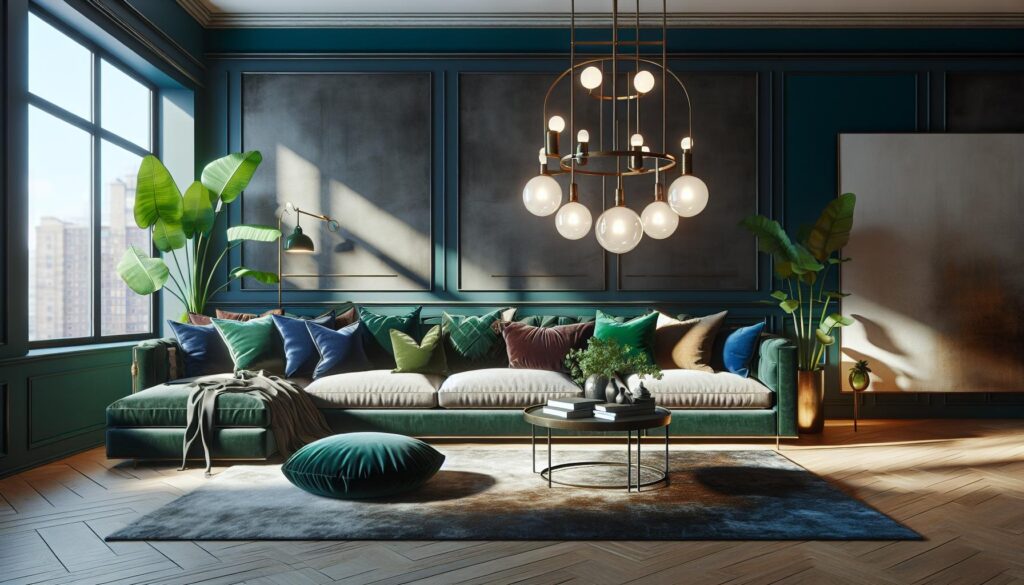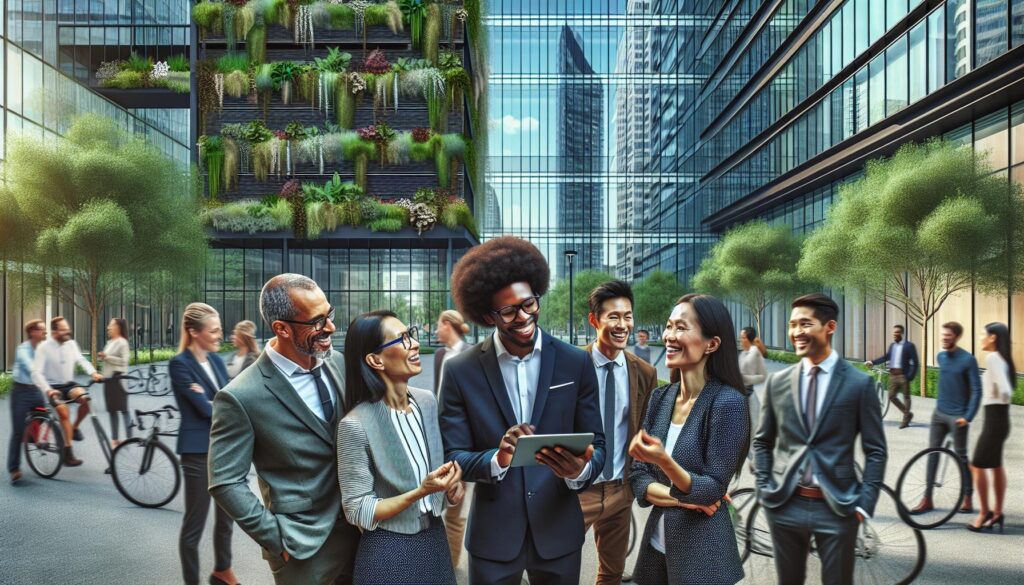In a world where cookie-cutter buildings reign supreme, architectural trends are shaking things up like a well-mixed martini. From sustainable designs that make Mother Nature proud to innovative materials that scream “look at me,” the architectural landscape is evolving faster than a cat video goes viral. If you thought architecture was all about boring blueprints and stuffy meetings, think again!
The latest trends in architecture aren’t just eye candy; they’re a feast for the senses and a nod to the future. Whether it’s embracing minimalism or going wild with bold colors, these trends are here to inspire and ignite creativity. So grab your hard hat and get ready to dive into the exciting world of architectural trends that are making waves and turning heads. Who knew building design could be this much fun?
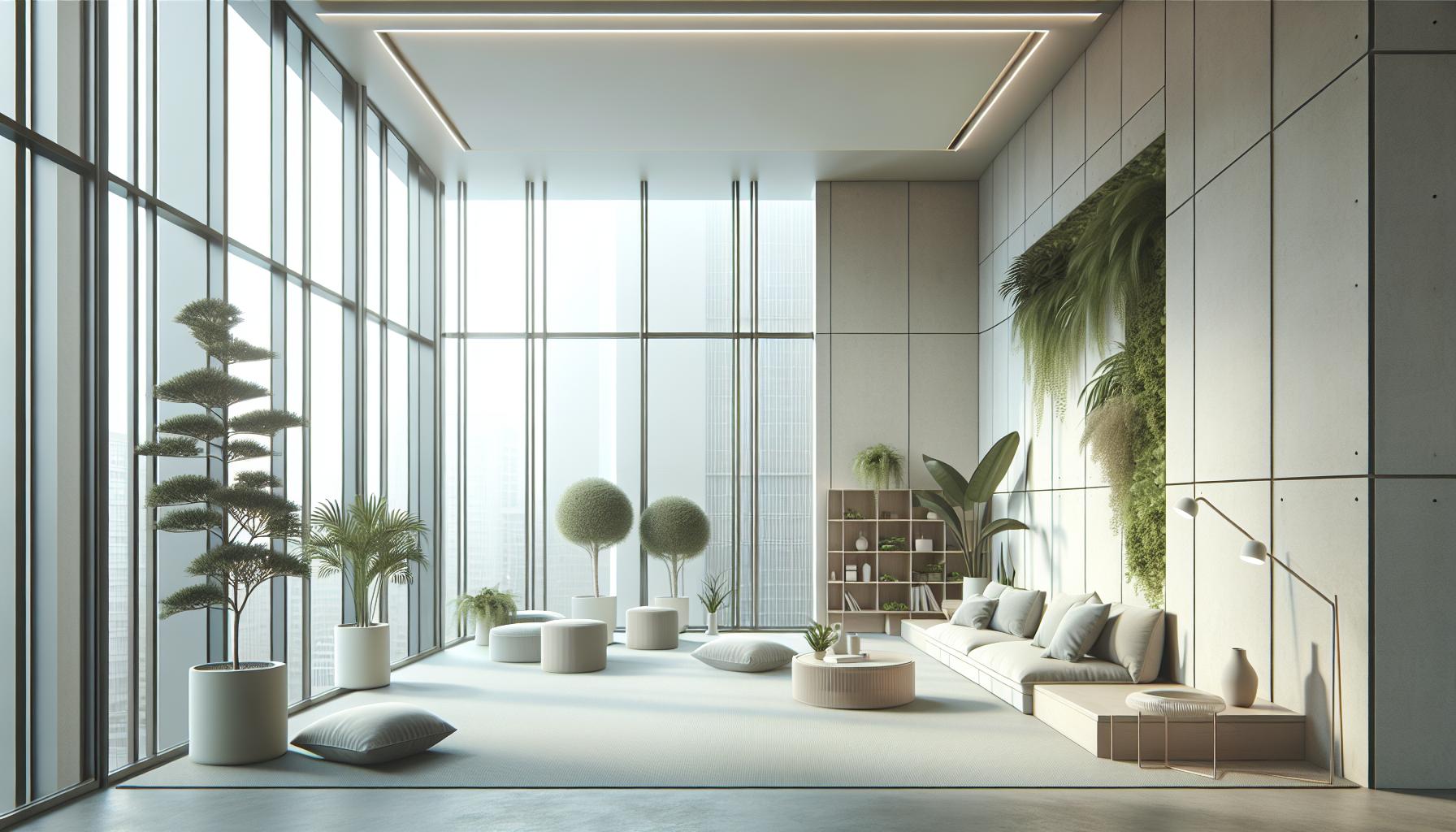
Trends Subscribe Architectural
Architecture constantly evolves, influenced by various factors and a focus on innovation. Modern designs merge aesthetics with functionality, redefining spaces to enhance human experience.
Impact of Technology on Architecture
Technology significantly transforms architecture. Advanced software enables architects to visualize and manipulate designs with precision. Building Information Modeling (BIM) streamlines workflows, allowing for better collaboration among stakeholders. Drones and 3D printing revolutionize construction methods, enhancing efficiency and reducing costs. Integrating smart technology into buildings improves energy management and user interaction. Each of these advancements shapes how spaces look and function, pushing the boundaries of what architecture can achieve.
Sustainable Design Practices
Sustainable design practices gain momentum in contemporary architecture. Utilizing eco-friendly materials reduces environmental impact, offering healthier living spaces. Passive design techniques maximize natural light and ventilation, minimizing reliance on artificial resources. Green roofs and living walls enhance biodiversity while improving air quality. Renewable energy sources, like solar panels, become integral to building systems. Each of these practices reflects a commitment to sustainability, promoting a harmonious relationship between architecture and the environment.
Popular Architectural Styles of 2023
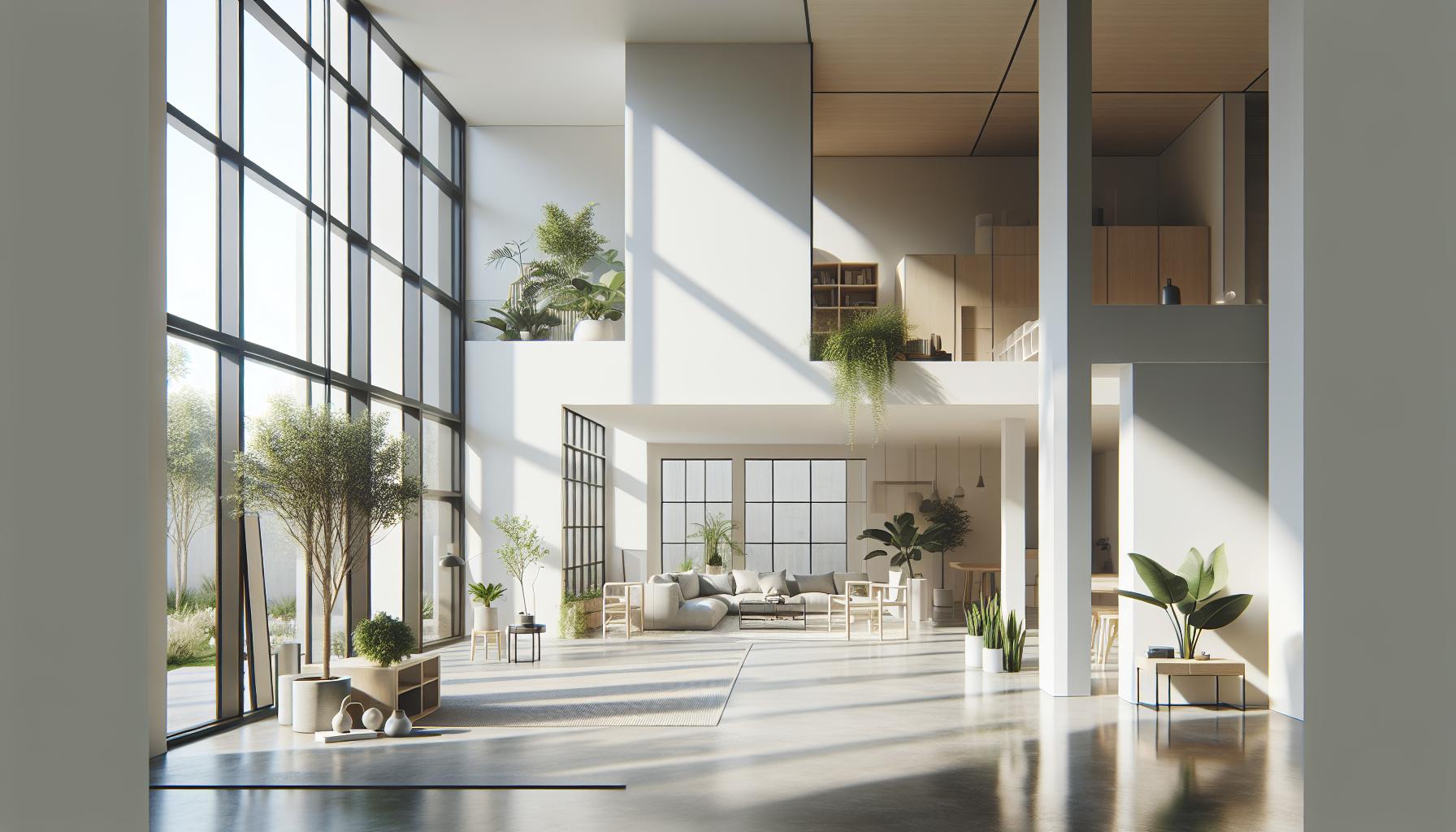
2023 showcases a variety of architectural styles that encapsulate innovation and sustainability. These trends reflect broader societal shifts toward environmental consciousness and aesthetic simplicity.
Minimalism and Simplicity
Minimalism emphasizes clean lines and open spaces. This architectural style promotes functionality through a reduction of distractions. Rooms often feature neutral color palettes, promoting a sense of calm and tranquility. Design elements highlight natural light, enhancing spaces without clutter. Homes showcase multi-functional furniture, underscoring practicality. Architects aim to create environments that contribute to mental well-being, as spacious areas reduce stress. This approach encourages thoughtful consideration of materials, often opting for high-quality finishes over excessive decorations.
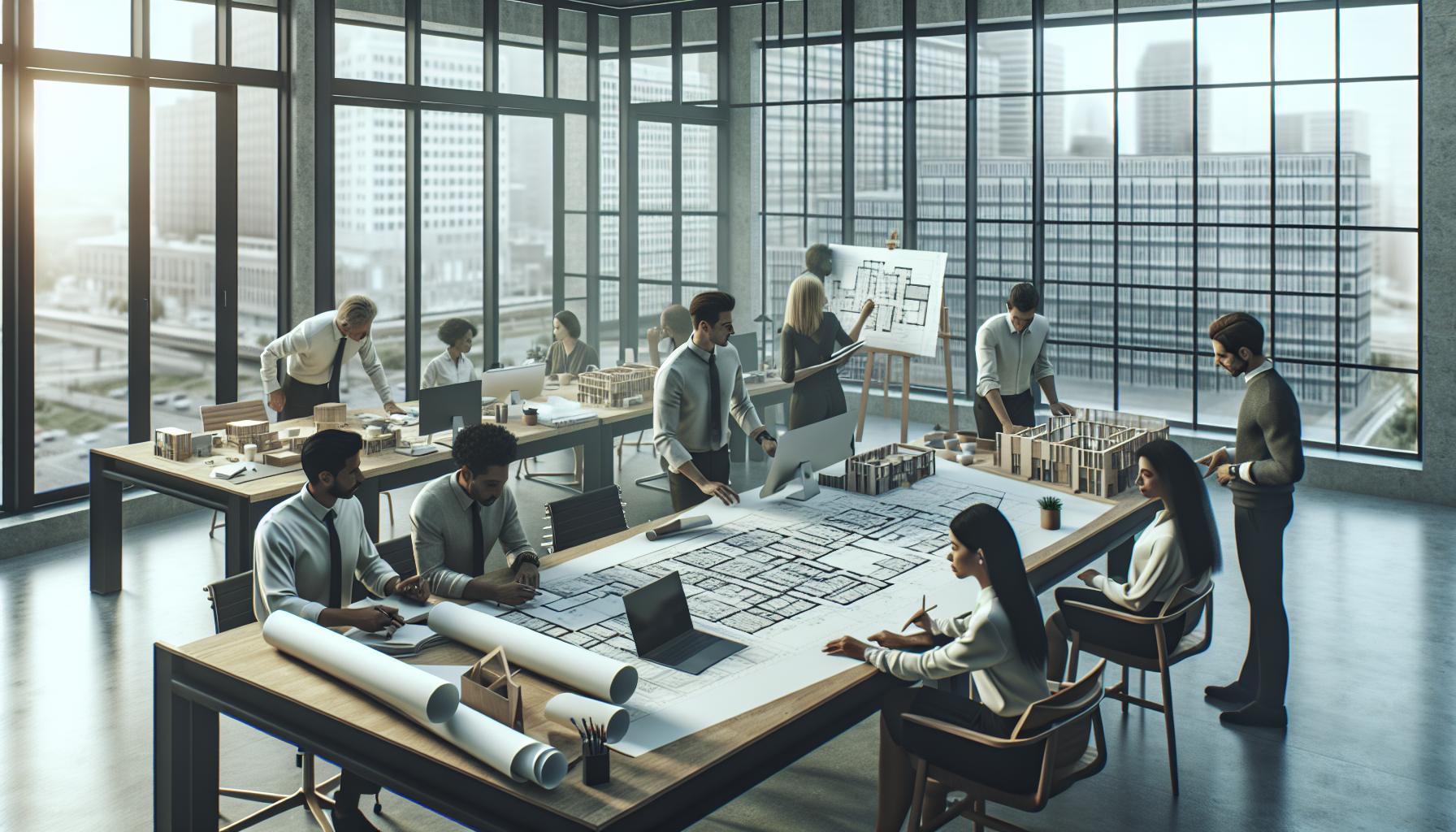
Biophilic Design Principles
Biophilic design integrates nature into architectural practices. This style seeks to strengthen the connection between occupants and their environment. Key features include abundant natural light, indoor plants, and natural materials. Spaces often include large windows that blur the barrier between indoors and outdoors. Designers emphasize biodiversity by incorporating living walls and green roofs, which promote ecological health. These elements stimulate positive emotional responses and improve air quality. Incorporating water features also creates a serene atmosphere, enhancing overall well-being.
The Role of Subscription Models in Architecture
Subscription models transform how architectural services are accessed and engaged with. Clients can now take advantage of consistent support and access to a variety of resources that enhance their projects.

Benefits of Subscription Services
Cost efficiency represents a significant advantage of subscription services. Architects provide tiered pricing models that allow clients to select packages based on their needs. Flexibility becomes another key benefit; clients can adjust their subscriptions according to project demands. Access to exclusive resources is also available, ranging from design tools to expert consultations. These services promote ongoing collaboration, enabling architects to maintain long-term relationships with clients while ensuring builders remain informed about trends and technologies. Sustainability plays a role as well, with subscriptions often promoting eco-friendly practices and materials.
Challenges Faced by Subscribers
Subscribers encounter various challenges when utilizing subscription services. Initial costs can be a barrier for some clients, especially when opting for premium plans. Limited understanding of what services are offered sometimes leads to underutilization. Communication issues may arise as clients find it difficult to convey their needs effectively. Inconsistent quality of services may occur, depending on the architectural firm or provider. Additionally, clients often face the challenge of staying updated on changing trends and tools available within the subscription framework. Ultimately, these challenges highlight the importance of selecting trusted subscription models tailored to specific project goals.
Future Predictions for Architectural Trends
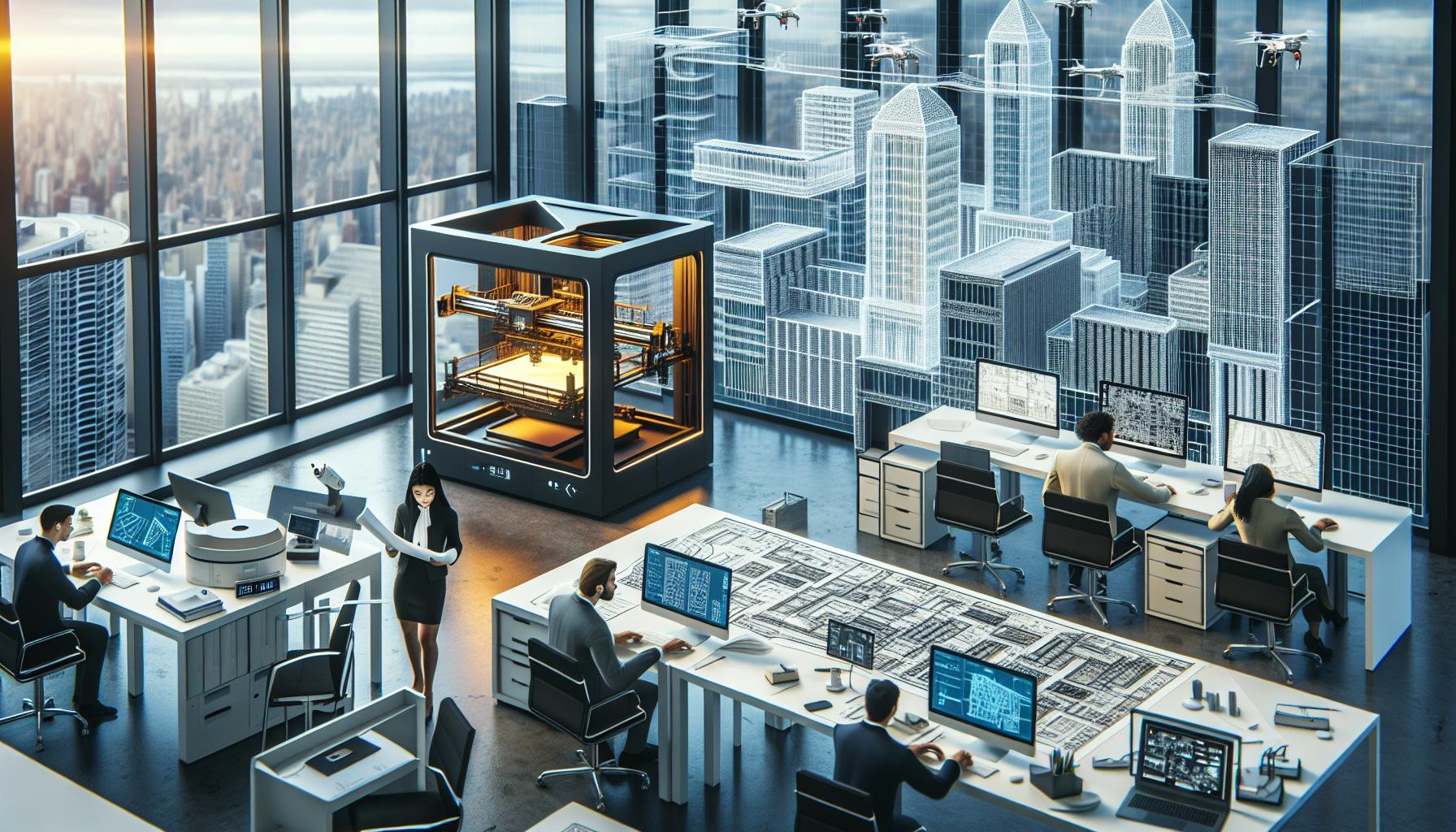
Architecture continues to evolve. Future predictions center on embracing sustainable methods and innovative technologies to redefine spaces.
Emerging Technologies in Architecture
Advancements in technology shape architectural practices. Drones streamline site assessments and construction processes, enabling precise measurements. Building Information Modeling (BIM) enhances collaboration and efficiency, allowing architects to visualize projects in real time. 3D printing introduces possibilities for creating complex structures quickly and affordably. Virtual reality (VR) provides immersive experiences during the design phase, ensuring client satisfaction. Integration of smart technologies embeds automation within buildings, promoting energy efficiency and user comfort. These emerging technologies drive a transformation that responds effectively to modern needs.
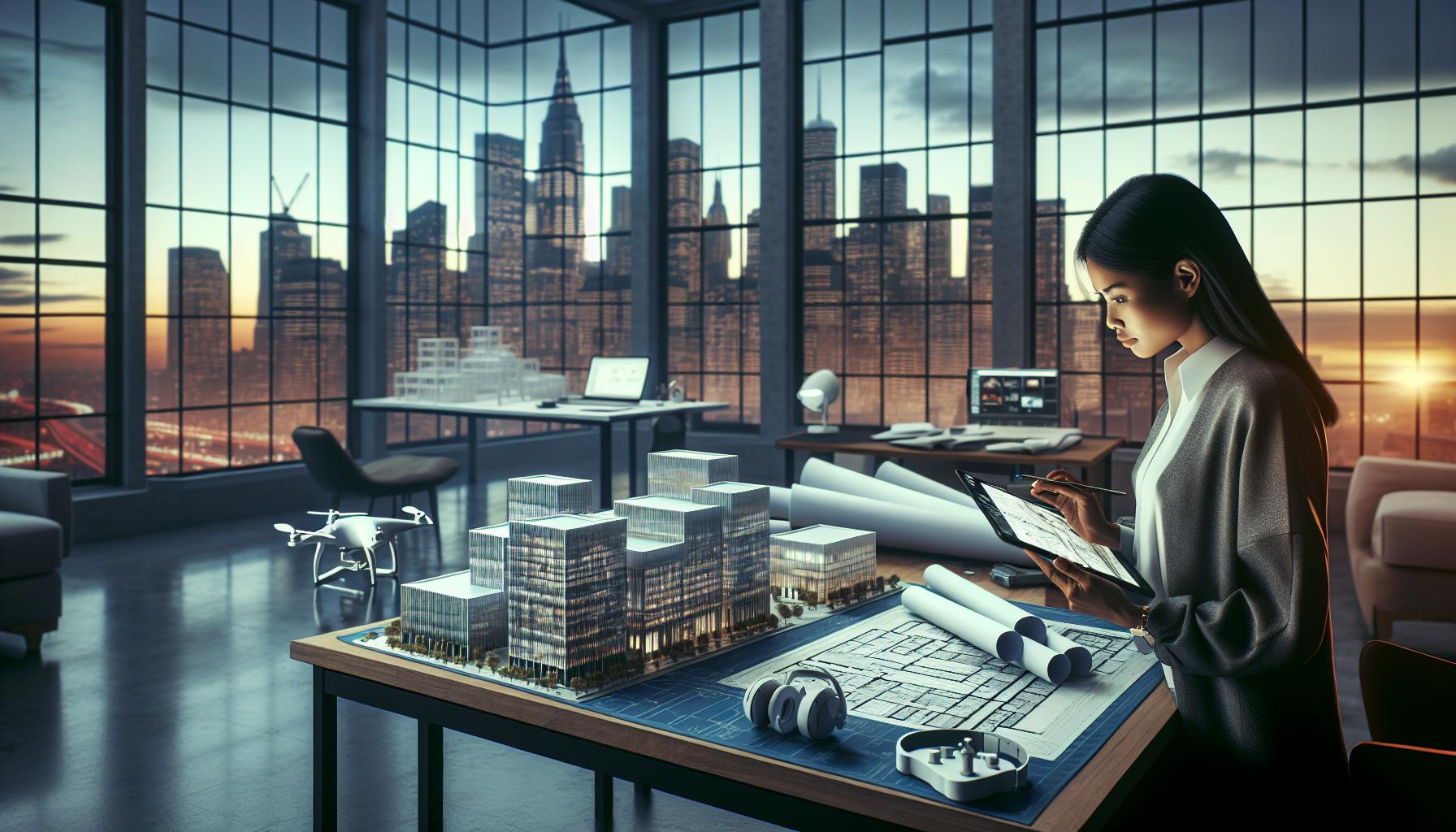
Cultural Influences Shaping Design
Cultural influences significantly affect architectural trends. Globalization fosters an exchange of ideas, blending diverse styles and practices. Local materials and traditions inform modern designs, grounding them in cultural heritage. Urbanization sparks interest in space efficiency while accommodating diverse populations. Increased awareness of social issues emphasizes inclusive designs that consider accessibility and community needs. Furthermore, sustainability becomes intertwined with cultural values, promoting eco-friendly practices. By merging cultural insights with contemporary elements, architecture reflects a richer narrative that resonates with occupants.

